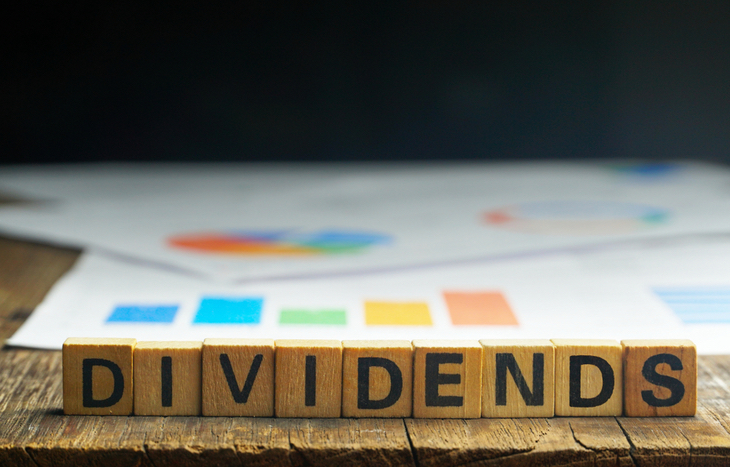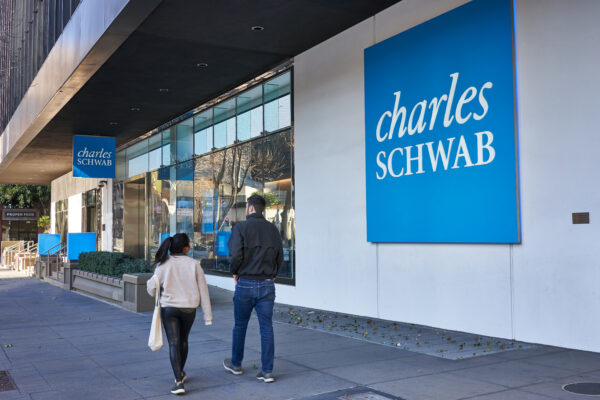Low-Risk Dividend Stocks to Invest In
Wouldn’t it be great to live off your dividend income? In fact, that may prove more than a pipe dream if you invest for the long-term in low risk dividend stocks. What constitutes low-risk dividend stocks? These investments suit those seeking a steady stream of passive income without the volatility of growth stocks. Stock share prices can always fluctuate. But, dividend-paying stocks soften the blow when capital gains are hard to come by.

Low-Risk Dividend Stocks
First, let’s explain how dividends work. These are payments companies use for profit-sharing with shareholders. Depending on the company, these payments are made on a quarterly, semi-annual or annual basis. A small percentage of dividend-paying stocks make monthly payments. The dividend amount is calculated by the number of shares the investor holds in the company.
What to Look For in Low-Risk Dividend Stocks
When evaluating low-risk dividend stocks, look for high yields. However, while yields are important, make sure these yields are sustainable over time. You want companies with a strong cash flow, a long history of profitability and earnings growth expectations ranging between 5 and 15 percent. Find out the company’s debt-to-equity ratio. If higher than 2.00, avoid those stocks.
Qualified Dividends and Taxes
Investors receive more than passive income with low risk dividend stocks. Certain dividends benefit from favorable tax treatment. For example, while ordinary dividends are taxed as ordinary income, qualified dividends enjoy federal taxation at the capital gains rate. That rate depends on the taxpayer’s adjusted gross income.
Qualified dividends are usually from shares in domestic companies, although certain foreign corporations qualify. The investor must hold these stocks for at least 61 days. The 61 days is out of the 121-day period beginning before the company’s ex-dividend date. That date is usually one day prior to the record date. Because dividends come out of company earnings, stock prices may fall on the ex-dividend date. Purchase a stock on or after the dividend date, and you do not receive the next dividend. The record date is the day the company identifies its shareholders of record.
Dividend Aristocrats
It’s a high bar to qualify as a dividend aristocrat. Such S&P 500 stocks must have increased dividends annually for the past 25 year. That’s not enough, these stocks must have a $3 billion minimum float-adjusted market cap. Then there’s the minimum average daily trading value of $5 million. Only stocks meeting these strict criteria are categorized as dividend aristocrats.
The bottom line is that these are the stocks of large, well-established companies. And many of them are household names. Even if not well-known in the average household, dividend aristocrats are famous in their fields.
Dividend Aristocrat Stocks
Consider the following low-risk dividend stocks of the aristocratic persuasion:
Aflac, Inc. (NYSE: AFL)
This Georgia-based insurance company boasts 39 years of dividend payouts. Moreover, Aflac is the number one provider of individual guaranteed life insurance products in the U.S. Its annualized dividend is $1.60 with a current yield of 2.51 percent. As of April 2022, its one-year total return is 28.69 percent. Specifically, the five-year return is 14.20 percent and the ten-year return is 12.78 percent.
Chevron Corp. (NYSE: CVX)
Chevron, a successor of Standard Oil, is one of the largest companies in the world. In the U.S., only fellow dividend aristocrat Exxon is a bigger oil company. Headquartered in San Ramon, California, Chevron has paid a dividend for 35 years overall. Its annualized dividend is $5.68 with a current yield of 3.48 percent. As of April 2022, Chevron’s one-year total return is a whopping 65.60 percent. Furthermore, its five-year return is 11.96 percent and its 10-year return is 7.30 percent.
Keep reading to learn more about low-risk dividend stocks.
Johnson & Johnson (NYSE: JNJ)
The New Jersey-based multinational pharmaceutical company has paid dividends for 60 years. Founded in 1886, Johnson & Johnson develops consumer health products and medical devices as well as pharmaceuticals. Its annualized dividend is $4.24 with a current yield of 2.39 percent. As of April 2022, its one-year total return is 13.68 percent. Its five-year return is 9.96 percent and its 10-year return is 12.64 percent.
Kimberly-Clark Corp. (NYSE: KMB)
Headquartered in Dallas, Texas, consumer staples giant Kimberly-Clark Corp. includes five billion dollar brands. In fact, one-quarter of the world’s population uses one of its products daily. And the company had paid a dividend for 49 years. Its annualized dividend is $4.64 with a current yield of 3.71 percent. The company’s one-year total return is down as of April 2022, at -4.14 percent. Its 10-year total return is 8.48 percent.
For example, other well-known dividend aristocrats include:
- Automatic Data Processing
- Consolidated Edison
- IBM
- McDonald’s
- Procter and Gamble
- Sherwin-Williams Company
- Rowe Price Group
- Walmart
In total, there are currently 65 dividend aristocrats overall. And most fit the criteria of low-risk dividend stocks. In general, investors don’t always want to choose individual dividend aristocrats. Some investors may prefer to buy the entire group via an ETF tracking this portfolio.
Low-Risk Dividend Stocks Considerations
When investing in low-risk dividend stocks, a company’s historical record of paying dividends is of prime consideration. However, past performance does not guarantee future results, as every disclaimer on an investment product warns. Keep in mind that just because a company always has paid dividends does not mean it always will. Along with dividend yield, pay attention to stock fluctuations. Remember that stock prices and company performance are linked closely.





